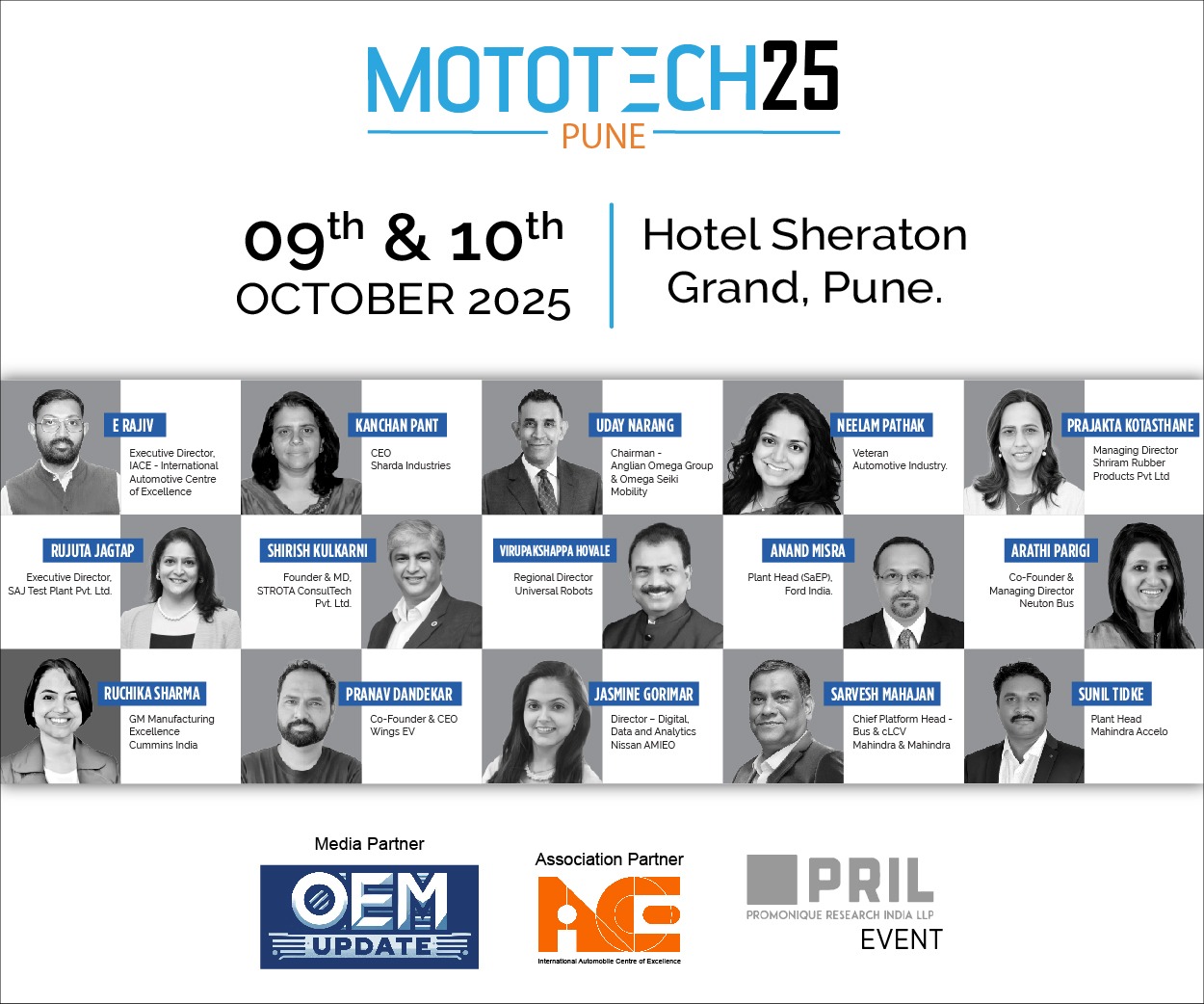Welding of High Temperature Alloys
By admin July 21, 2011 7:36 am IST
This article gives an overview about welding of high temperature alloys. When we speak about high temperature alloys than we can say, these are alloys which will be applied at service temperatures above 500 °C.
This article gives an overview about welding of high temperature alloys. When we speak about high temperature alloys than we can say, these are alloys which will be applied at service temperatures above 500 °C. The service temperature range in which the common high temperature alloys are applied is shown in Fig. 1.
Typical ApplicationsTypical applications for HT alloys are in thermal power plants, furnaces and ovens, in waste incineration, chemical and petrochemical plants and gas turbines. As in general higher operation temperatures in process plants give a higher efficiency, research is done to increase the maximum service temperature of the engineering alloys. In recent years, for example, in the ferritic martensitic Cr-Mo creep resistant steel family alloy P92 was developed and in the high temperature nickel base family alloy 602CA.
Requirements for HT AlloysThe maximum allowed service temperature for high temperature alloys is given by their physical and metallurgical properties as: creep resistance, high temperature-hot gas corrosion resistance (oxidation resistance, resistance to carburization, sulphidation), thermal conductivity, thermal fatigue and thermal shock resistance. For engineering calculations of components up to about the recristallisation temperature (Tk ~ 0.4*Ts, in °K), the hot tensile strength is used and above Tk the creep rupture strength is used. For standard engineering alloys the melting temperature is about 1,400° C, i.e. about 1,673° K. This means above Tk=670° K, i.e. 400° C for calculations the creep rupture strength should be used. But with special alloying elements this temperature can be increased to about 600° C in some high temperature nickel base alloys.
Temperature Ranges for CalculationIn Fig. 2 the temperature range, up to which the short time temperature strength can be used (up to about 510° C), is indicated. Above 510° C for alloy 600H the long time creep rupture strength has to be used for calculation. In [1] K. Drehfahl gives details for the designing of components exposed to high temperatures.
The creep rupture strength of different engineering alloys is given in Fig. 3. This figure also indicates in which temperature range special HT alloys can be used with respect to their creep rupture strength. Special high temperature austenitic stainless steels can be used up to 750 °C. Above 750 °C is the special temperature range for the application of nickel base alloys. But not only the creep rupture strength but the high temperature or hot gas corrosion resistance has to be considered for the selection of a HT-alloy for special service applications. Some explications about mechanical testing of HT-alloys
Mechanical Tests for HT AlloysAs already mentioned the creep rupture strength, in general after 100.000h, is the strength used for engineering calculations of components exposed to high temperatures.
Creep Rupture TestsTo determine the creep rupture strength, tensile specimens are put in an oven and loaded with a given weight. Then the time until rupture is determined. Measured rupture times up to 30.000 h are required to extrapolate up to the creep rupture strength Rm for 100.000 h (~11 years) rupture time. This means these tests are very time consuming and expensive. An extrapolation with Larson-Miller diagrams allow to determine the creep rupture strength from higher temperature short time results to ‘lower’ temperatures and longer times. Figure 4 gives a comparison of HT alloys in a Larson-Miller diagram.
To determine the long time ductility, samples of the HT-Alloy to be tested are aged over a given time period at a given temperature in an oven. After that time, impact specimens are machined from these samples and tested at room temperature. Graphs, with a series of results for different temperatures and different times, indicate at which temperatures and after which times precipitations, lowering the ductility, will occur. In Fig. 5 long time ductility tests for weld metals ERNiCr-3 are shown.
Welding of HT AlloysFor the selection of filler metals to weld HT-alloys the following requirements have to be taken into account:• Creep rupture strength• High temperature long time ductility• High temperature or hot gas corrosion resistance• Thermal expansion coefficient
In general it can be said that HT-alloys have to be welded with matching filler metals. This is not in each case possible, as not always matching filler metals exist and as matching filler metals for some HT-alloys require slight modification to give improved ductility. For some HT-alloys the matching filler metal would be prone to hot cracks. Also, it has to be taken into account that the weld deposit shows a micro structure more similar to castings than to hot rolled plates or pipes.
Welding processes used for HT-AlloysWith some limitations all metal arc welding processes can be used to weld HT-Alloys.
Some HT-Alloys which are alloyed with Al, Ti and/or rare earth elements should be preferable joined by the GTAW process. In this process, and with proper gas shielding, it is guarantied that the weld deposit contains the same elements as the filler metal itself. In other processes these reactive elements are or can be lost during the arc transfer. For economical reasons it is possible to weld only the medium attached sides by GTAW and the bulk with another welding process.
The application of SAW is limited to thick walled components. For some nickel base alloys it can’t be applied as the weld deposit is more sensitive to hot cracks than for other processes. If applied for nickel base alloys the diameter of the wire electrode is limited to 2,4 mm to reduce the linear heat put.
Filler Metals for HT-austenitic stainless steelsIn AWS A5.4 and A5.9 some filler metals for welding HT-austenitic Stainless Steels are classified. In Table 3 these filler metals and their general application are listed. For 308H, 316H the carbon content is limited from 0.04 to 0.08 per cent. In many engineering specification carbon is more restricted from 0.04 to 0.06 per cent. A to low carbon content will not give the necessary creep resistance and a to high carbon content will lead to embrittlement. Comparison tests for the creep strength between base materials and the matching weld metal proved that the creep strength of the weld metal is within the scatter band of the corresponding base metal [4]. In addition to the carbon content for 308H, 316H and 347 consumables, the delta ferrite has to be restricted to 3- 8FN or better to <6FN. A to high delta ferrite will lead to long time embrittlement. Delta ferrite will be transformed into Sigma σ – Phase in the temperature range of 600 – 900° C.
Filler Metals for HT-Nickel Base AlloysIn AWS A5.11 and A5.14 the common filler metals for welding HT-Nickel Base Alloys are classified. Table 4 gives recommendations for the use of these weld metals. For some important HT-Base Materials the recommended filler metals are listed. Some of these filler metals are also used for welding lower alloyed grades. Especially the alloy E/ERNiCrMo-3 is believed to be a universal HT weld material. This alloy shows high creep rupture strengths on one side, but on the other side, which is not very known, it leads much more to embrittlement in the temperature range of 600 – 900 °C than other weld metals. Long time embrittlement for the weld metals ENiCrFe-2, ENiCrMo-3 and a comparison is shown in the Figures 6-8.
As the weld deposit of E/ERNiCrMo-3 has an important loss of ductility in the temperature range of 600-900° C, these filler metal shouldn’t be applied to weld alloy 800H and other alloys used in high temperature service. To weld alloy 800H , ENiCrFe-2 should be used. The weld metal of this alloy embrittles much less than ENiCrMo-3. But the most adapted welding consumable to weld alloy 800H is Inox21/33Mn. The weld metal of this electrode has a creep rupture strength to that of alloy 800H (Fig. 4) and the coefficient of thermal expansion is nearly the same (Table 1).
To weld alloy 617 in AWS 5.11 the electrode ENiCrMoCo-1 is classified. According to AWS the important alloying elements Al and Ti are not specified for the weld deposit of this electrode. To give the weld deposit similar HT properties as the base metal has, it is however necessary that the weld metal contains these elements in about the same amount as alloy 617.
In ISO EN 14172 the weld metal Ni 6617 – NiCr22Co12Mo can contain Al and Ti. To replace Al and Ti by Nb, as in AWS 5.11, does not give the same effect. Highly oxidation resistant nickel base alloys contain high amounts of Al and in some cases also Si and Ti to form high corrosion resistant oxide films on the surface. Due to these elements they are difficult to weld with matching filler metals, especially heavy walled components. Matching filler metals of these compositions are very sensitive to hot cracks. To achieve a similar HT corrosion resistance it is necessary to weld the medium touched side with a matching filler metal. Examples are given in Table 5.
ConclusionsFor welding of high temperatures alloys it is recommended to use matching or nearly matching filler metals.
For some, more or less matching filler metals, slight modifications in the composition have to be made to get similar properties compared to those of the base materials. Matching filler metals give similar HT properties as creep resistance, thermal expansion and high temperature corrosion resistance.
For high Si and Al containing alloys it is advisory to weld only the corrosion attacked side with similar alloyed welding consumables as these are sensitive to hot cracking.
Cookie Consent
We use cookies to personalize your experience. By continuing to visit this website you agree to our Terms & Conditions, Privacy Policy and Cookie Policy.















